When a last-minute spacesuit switch saw the cancellation of Nasa's all-female space walk, it sparked bigger conversations about how women navigate a world appeared to be designed for men.

Photo: HO / NASA / AFP
Caroline Criado Perez, a journalist and the author of Invisible Women: Exposing Data Bias in a World Designed for Men, told the BBC she was totally unsurprised by the spacesuit debacle.
"This is just what happens over and over when it comes to what we design," she said.
"We are so used to thinking of men as the default and women as the sort of niche - a variety of man."
Ms Criado Perez began researching gender bias after discovering that medical data around heart attacks was based on male symptoms, causing clinicians to miss heart attack cases in women since those symptoms were considered atypical.
"It's the same thinking that leads Nasa to put two larges as the average, when it's the average for men, actually."
From police stab vests that don't account for breasts, to safety goggles too large for women's faces, to boots that don't fit women's feet, Ms Criado Perez says the list is endless.
"The average woman is an outlier."
Here is a look at seven of those ways the way the world is not designed for women:
1. Spacesuits
Nasa saw immediate outrage on Twitter when they announced the first all-female spacewalk would be cancelled over a medium-sized spacesuit.
The agency clarified that astronaut Anne McClain had belatedly realised the medium size fit her better than the large she had been using, and so, for safety reasons, she was pulled from the walk.
There are two medium-sized suits on the International Space Station, but only one had been properly configured for a spacewalk, and getting the spare up to standard would have taken hours.
Ms Criado Perez said it was telling that the only sizes available were medium, large, and extra-large.
Notably, Nasa had to nix their small-sized suits in the 1990s due to budget cuts, NPR reported. That meant one-third of the women at the time were unable to fit into any spacesuits.
2. Military equipment
In 2016, the US military began to recruit women for combat roles in previously male-only units in the Army, Marine Corps and Navy SEALs - but much of the armour was still designed for men.
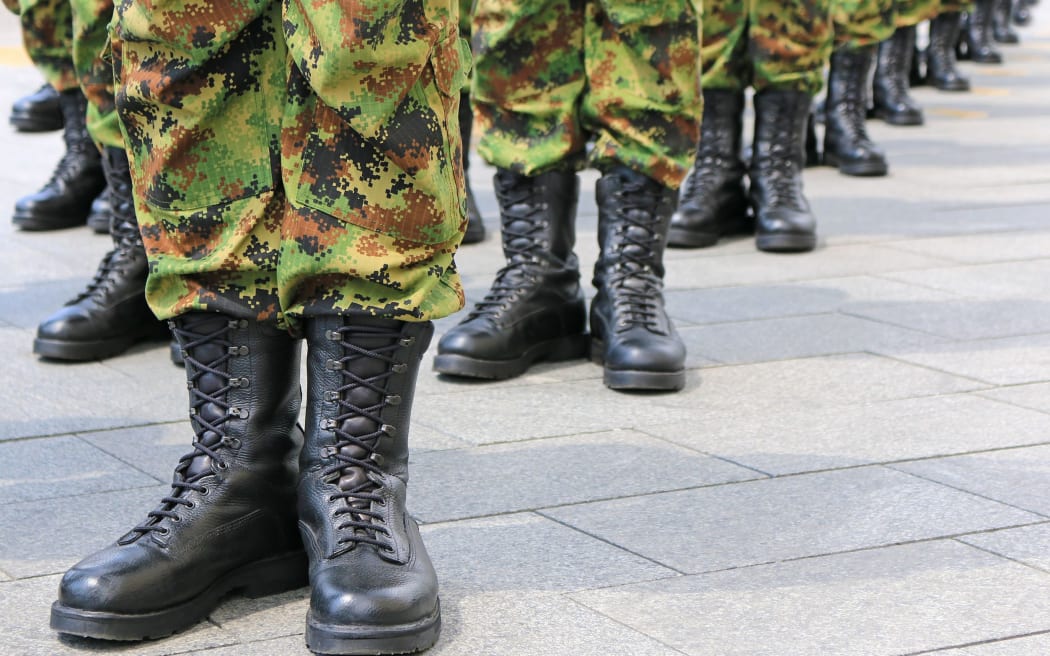
(file photo) Photo: 123branex/123RF
The Army added eight smaller sizes to accommodate women that year, but other gear like shoes and helmets were not fully addressed.
Democratic Congresswoman Niki Tsongas at the time called out the military's unresponsiveness to the needs of female service members, citing the "alarming" disadvantages for women, including being unable to properly fire a weapon, Military.com reported.
Several women told Buzzfeed News this year that during their service, they had been forced to adapt body armour to fit them, even if that meant removing protective side panels or putting pieces of foam under straps to reposition gear and ensure their organs were protected.
Joint chiefs chair General Joseph Dunford said last year that they would work on speeding up the process of getting armour fitted for women, but the rollout of new gear remained incomplete.
"Women went through Iraq and Afghanistan - up to 2018 - in equipment designed for men," says Alex Elias, a scholar focusing on women in the military.
But even before these relatively new roles opened up, women in the military were forced to deal with dangerously improper attire. During World War Two, Ms Elias says, women were never expected to be in non-office roles, so the military failed to prepare uniforms for other jobs, like mechanics.
3. Car crash dummies
The US government did not adequately test the impact of a crash on a belt-restrained female dummy until 2012. Dummies for decades had been based on the average, 50th percentile male body.
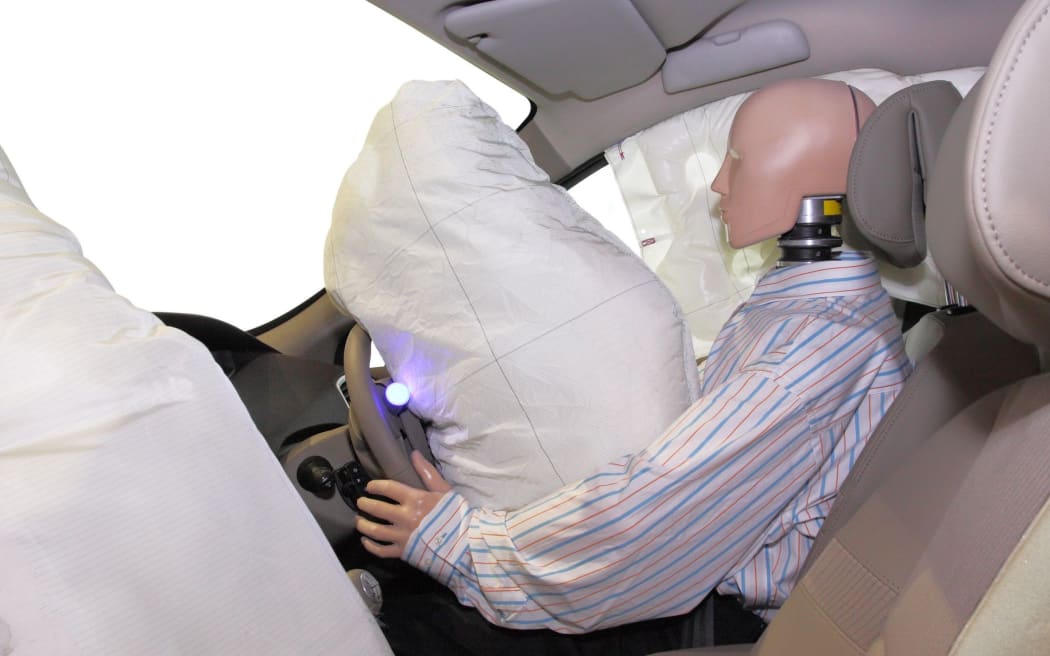
Crash test dummies have for years been based almost exclusively on a male body type, meaning women were more likely to die in a crash. Photo: 123RF
According to a 2011 University of Virginia Center for Applied Biomechanics study, that meant female drivers involved in crashes had a 47 percent greater chance of serious injury than their male counterparts, and a 71 percent higher chance of a moderate injury.
Ms Criado Perez notes that even now, this female dummy is often just a scaled down version of a male dummy, which does not provide accurate information about how a crash impacts a woman.
It's a similar story in the European Union.
"In the EU, out of the five regulatory tests that there are, only one specifies that you must use that [female] dummy and it's only in the passenger seat."
She said the industry was clearly aware they must address the issue of women - but "they haven't done it in any sensible way that accounts for the fact that women are 50 percent of the population".
4. Smartphones
From apps to the actual size, there are a number of design features that have made some women say smartphones have been designed with only men in mind.
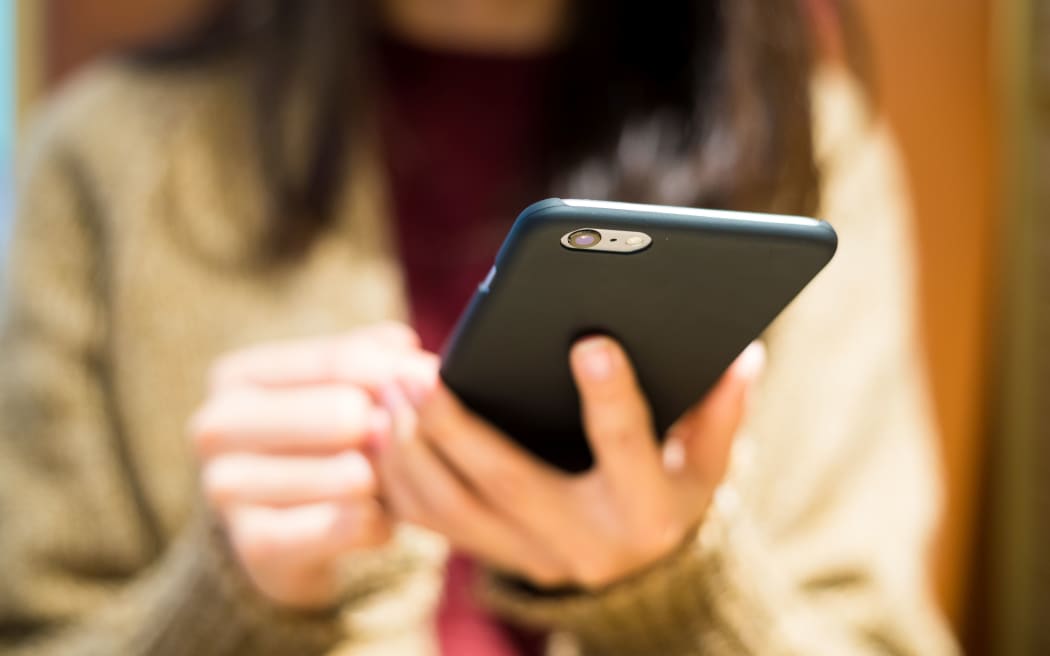
Modern smartphones have been getting larger, and many are now too big for many women to use comfortably. Photo: 123rf
Women's hands are, on average, around an inch smaller than men's - which can make the industry's ever-increasing screen sizes problematic to use.
Texting one-handed on a 4.7-inch (12cm) or bigger iPhone can be difficult or impossible for many women - and small-handed men.
Ms Criado Perez also pointed out that the health app and Siri were also unintentionally biased against women.
In 2016, Apple fixed a glitch that had Siri sending abortion seekers to adoption centres instead - five years after the issue was raised.
"The comprehensive health app on the iPhone that didn't have a period tracker; the way Siri could find a Viagra supplier but not an abortion provider - that's what happens when you don't include women in the decision making process," Ms Criado Perez says.
"It's not a conspiracy. I don't think for a moment the designers of Apple wanted to screw women over - I think they didn't know."
5. Sports attire
When US basketball superstar Stephen Curry designed a new line of shoes for kids last year, only boys sizes were offered.
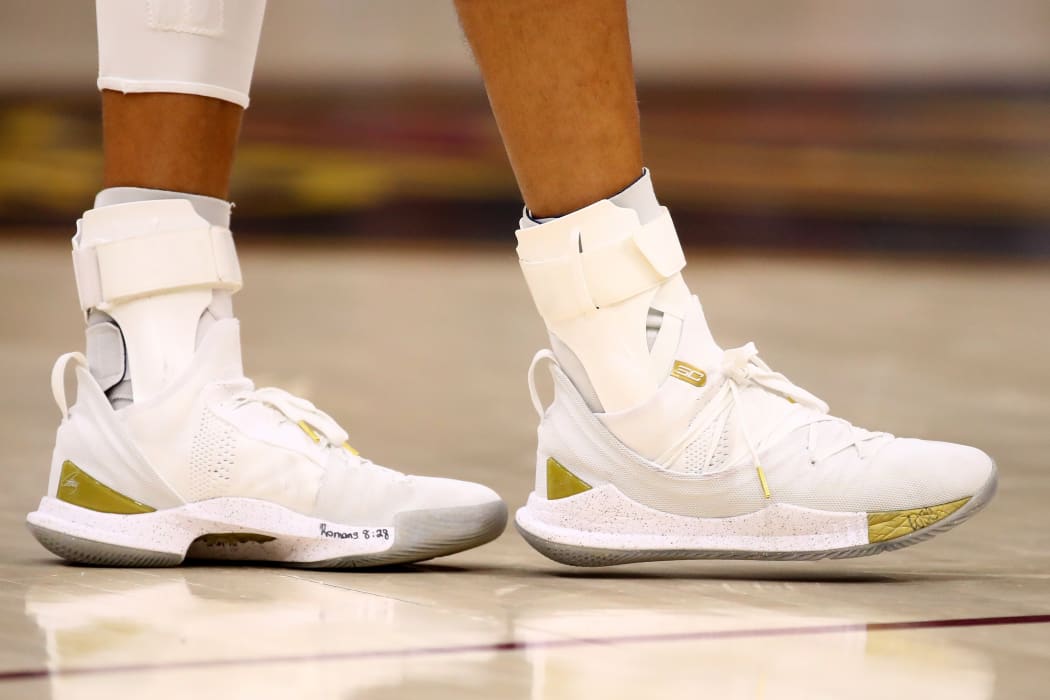
Stephen Curry wearing his Curry 5 shoes at a game. Photo: AFP / Gregory Shamus / Getty Images
A nine-year-old girl named Riley eventually wrote Mr Curry a letter asking why that was the case.
"I know you support girl athletes because you have two daughters," she added. "I hope you can work with Under Armor to change this because girls want to rock the Curry 5's too."
Mr Curry thanked her and explained that the smaller sizes had all been labelled as "boys" on the website.
As of March 2019, boys still have more apparel options in the Under Armor Curry line, but most of the shoes are available for both genders.
6. Science gear
Biologist Jessica Mounts, executive director of the Kansas Alliance for Wetlands and Streams, told the BBC's Chris Bell that most of the equipment she has used was designed for men.

(file photo) Photo: 123RF
"The problems caused aren't simply an annoyance - they all go back to personal safety," she said.
"Clothing that is too loose gets caught in moving equipment. Boots that are too big mean tripping and falling."
"The alternatives that are 'designed for women' are frequently more expensive; have smaller pockets; are still ill-fitting."
7. Office space
These design flaws aren't just about something worn or handled - even environments can be biased towards men's preferences.
The formula for standard US office temperatures was developed in the 1960s, based on the metabolic rate of an average 40-year-old man weighing 154 pounds (70kg).
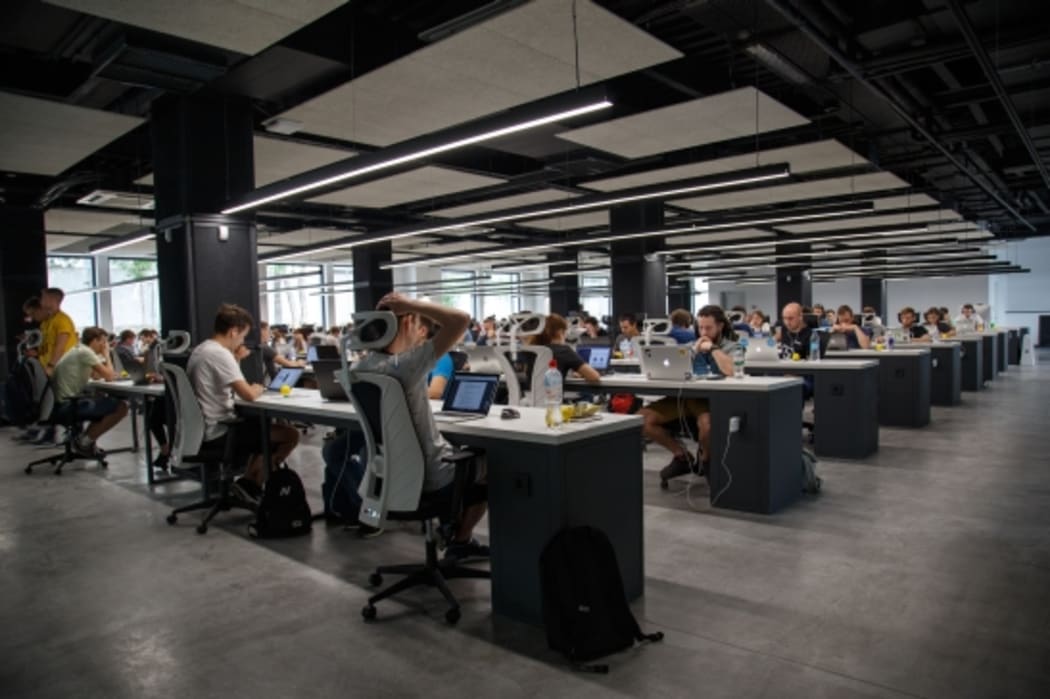
(file photo) Photo: (Photo by Alex Kotliarskyi on Unsplash)
A 2015 study published in the journal Nature found that a female metabolic rate can be up to 35 percent lower than the male rate used in those calculations - which amounts to, on average, a five degree temperature preference difference.
Last year, Sex and the City actress Cynthia Nixon brought the issue to headlines ahead of a primary debate with New York governor Andrew Cuomo, when her team called his frigid temperature demands sexist.
Historian Shirley Wajda says: "For all the corporate talk about teamwork, it's hard to feel part of a team when you are placed in an inhospitable physical environment."
She added that popular mesh office chairs exacerbate chilly conditions, while other seating fads like barstool-height chairs can be difficult for women in dresses or skirts to sit in comfortably.
Ms Wajda says when it comes to "gender-biased design and equipment, historians haven't paid as much attention", and trends towards standardisation for efficiency's sake lead to "a 'one size fits all' sort of world".
For Ms Criado Perez, since publishing her book, it's been gratifying to see an increased awareness of these issues - and, she adds, even the initial backlash about the Nasa spacesuits would never have happened a decade ago.
"But it makes me so angry to think of all these women, living their lives, thinking there's something wrong with them - that they're too small or don't fit or whatever it is."
"It's just that we haven't built anything for women."
- BBC

